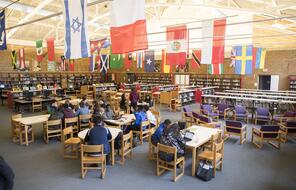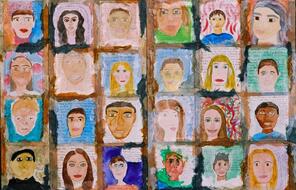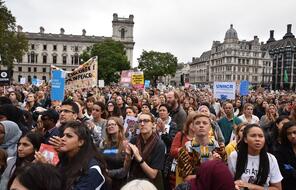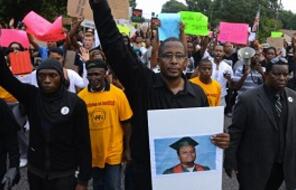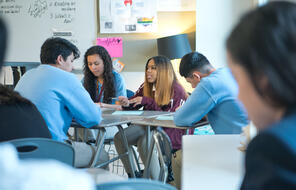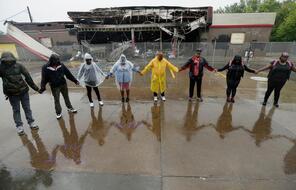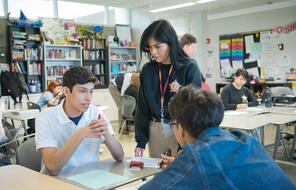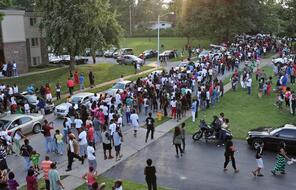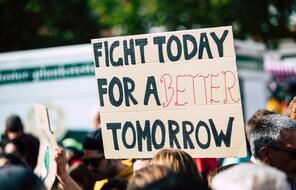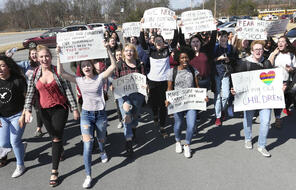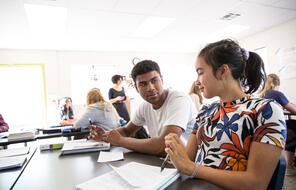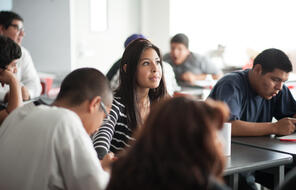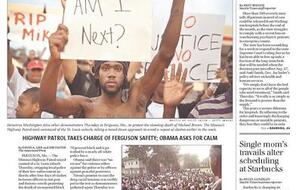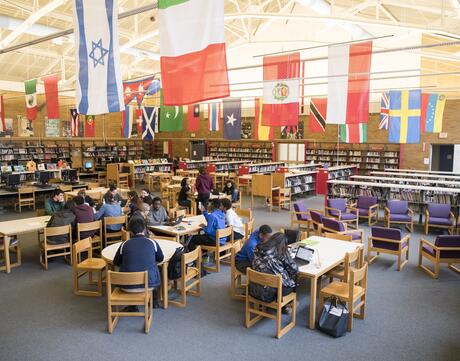
Assessing the Strength of Democracy
Subject
- Civics & Citizenship
- Social Studies
Grade
6–12Language
English — USPublished
Updated
Overview
About This Mini-Lesson
We live in a time of great tension and conflict in democracies around the world. Elections in recent years—both inside and outside of the United States—have revealed and exacerbated deep divisions within many democratic societies, raising fundamental questions about the strength and fragility of democracy in our world today. The global COVID-19 pandemic has placed additional pressure on democracy. Some governments are using the pandemic to justify increasingly authoritarian behavior, and people who disagree with their government’s response to the crisis may lose trust in government for years to come. The pandemic has disrupted elections around the world, and many in the United States fear the impact that the coronavirus might have on the 2020 presidential election. At the same time, crises—such as the one we are in now—present us with an opportunity to create significant, positive change, which could lead to a strengthening of democracy over the next generation.
This mini-lesson provides students with an opportunity to explore and deepen their understanding of the concept of democracy and equips them with a framework to assess the health of a democracy, as well as make meaning of news stories that report on democracies at risk in the world today.
Activities
Activities
Extension Activities
Materials and Downloads
Additional Resources
Unlimited Access to Learning. More Added Every Month.
Facing History & Ourselves is designed for educators who want to help students explore identity, think critically, grow emotionally, act ethically, and participate in civic life. It’s hard work, so we’ve developed some go-to professional learning opportunities to help you along the way.
Exploring ELA Text Selection with Julia Torres
On-Demand

Working for Justice, Equity and Civic Agency in Our Schools: A Conversation with Clint Smith
On-Demand

Centering Student Voices to Build Community and Agency
On-Demand


